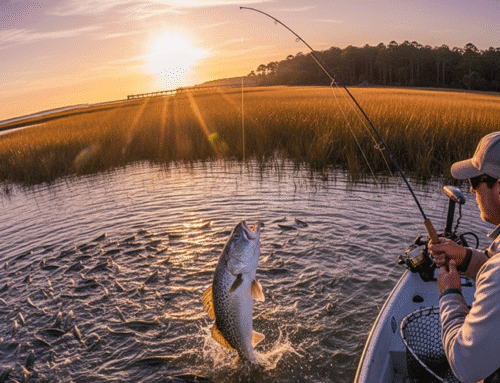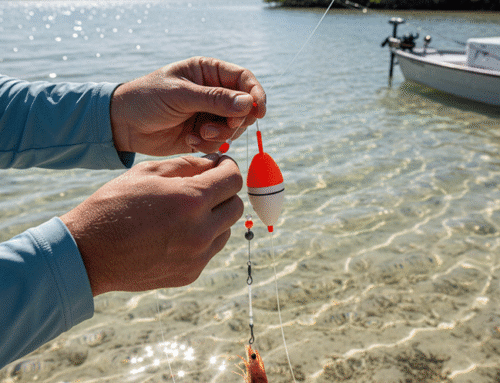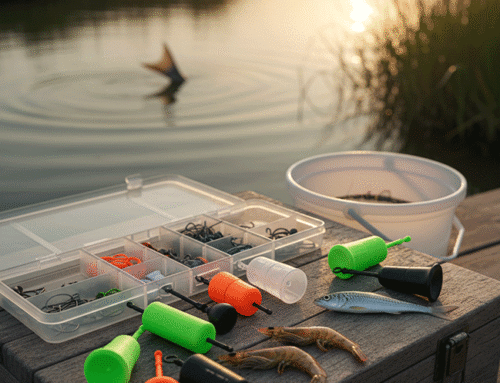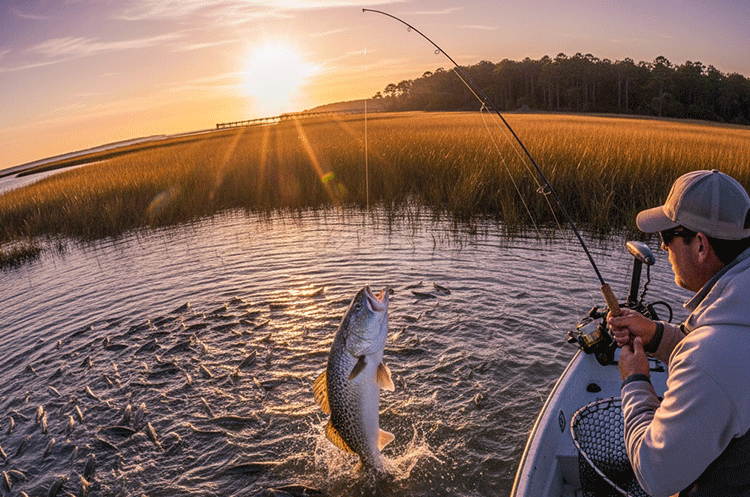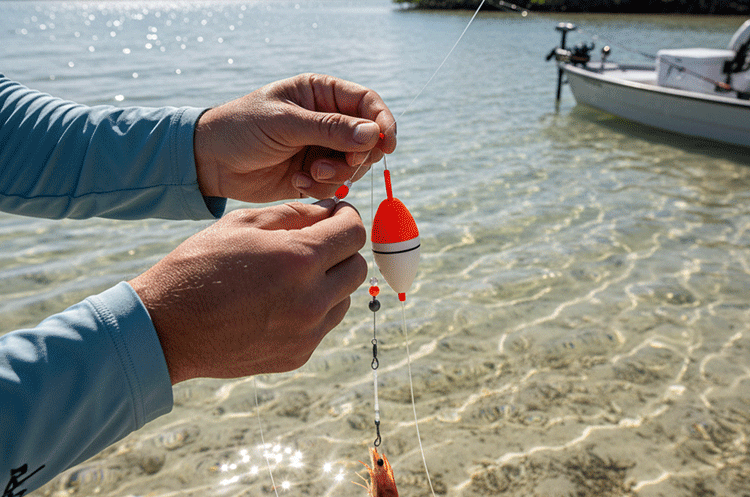Bait School: Choosing and Using the Best Live Baits for Topsail Success
There’s an undeniable thrill that comes with fishing the vibrant waters of Topsail Island. The powerful pull of a red drum or the subtle thump of a flounder is what keeps anglers coming back. While artificial lures have their place, seasoned locals will tell you that nothing beats the real thing.
To be truly successful, you need to master the art of live bait. This guide will show you how. Let’s dive into the best live baits for the area, how to get them, and most importantly, how to use them to land more fish.
The “Big Four” of Topsail Live Bait
Four specific baits stand out as the most effective and available in the Topsail region. Consequently, focusing on these will give you the best chance for a successful day on the water.
1. Menhaden (Pogies)
Often called the “most important fish in the sea,” menhaden are an oily, nutrient-rich bait that predators find irresistible. Their flash and scent in the water act like a dinner bell.
Best For: Red drum, flounder, Spanish mackerel, and king mackerel.
Finding and Catching: First, look for schools flipping on the surface in creeks, the Intracoastal Waterway (ICW), and just off the beaches. Without a doubt, a cast net is your best tool for catching them. An 8-foot net with a 3/8-inch mesh is ideal for most situations.
Keeping Them Alive: However, menhaden are notoriously delicate. Therefore, a large, round livewell with a high-flow aerator is crucial to keep them healthy.
2. Mullet
Seeing mullet stream down a shoreline is a classic sign that game fish are actively feeding. These hardy baits are a fantastic choice for both inshore and surf anglers.
Best For: Red drum, flounder, speckled trout, and bluefish.
Finding and Catching: Luckily, mullet are everywhere—in marshes, tidal creeks, and the surf. Again, a cast net is the most efficient way to catch a variety of sizes, from small finger mullet to larger ones.
Keeping Them Alive: Mullet are much hardier than menhaden. For instance, a standard bait bucket with a battery-powered aerator will keep them lively for hours.
3. Live Shrimp
Perhaps the most versatile bait, live shrimp are a favorite of nearly every inshore species. Their natural movement is something few fish can pass up.
Best For: Speckled trout, red drum, flounder, sheepshead, and black drum.
Acquiring Them: While you can catch your own, most anglers choose to buy live shrimp from local Topsail tackle shops for convenience. This saves time and ensures you have healthy, active bait.
Keeping Them Alive: To keep shrimp fresh, you need a well-aerated bait bucket. In addition, keeping the water cool is key to their survival on a hot day.
4. Mud Minnows
These small, incredibly resilient fish are a flounder’s favorite meal. They stay lively on the hook for a long time and can survive in tough conditions.
Best For: Primarily flounder, but also red drum and speckled trout.
Finding and Catching: Look for mud minnows on the bottoms of shallow tidal creeks. The easiest way to catch them is with a minnow trap baited with cut fish or a crushed crab.
Keeping Them Alive: As a result of their hardiness, mud minnows are the easiest to keep. A simple bucket with occasional water changes is often all you need.
How to Rig Your Bait for Success
Now that you have your bait, how should you present it? The right rigging is critical. Below are a few of the most effective techniques.
The Carolina Rig
First, the Carolina Rig is the go-to setup for fishing on the bottom, especially for flounder. It uses a sliding egg sinker, a swivel, and a leader to allow your bait to swim naturally just above the floor. It’s an essential rig to know.
The Popping Cork
Next, for targeting trout and redfish in shallower water, the popping cork is an excellent choice. The “pop” sound it makes when you twitch your rod mimics feeding fish, which consequently attracts predators to your bait hanging below.
Free-Lining
In some situations, the simplest method is best. Free-lining involves nothing more than a hook and your line. This technique allows for the most natural presentation and is highly effective when fish are schooling on the surface.
The Jig Head
Finally, don’t overlook the classic jig head. While often used for plastics, a light jig head is a great way to give a live shrimp some casting weight and get it down into a specific depth zone around docks or oyster bars.
Ultimately, by mastering these baits and techniques, you’ll be well on your way to a more productive and memorable fishing adventure in the beautiful waters of Topsail Island. Now get out there and get your line tight!

Topsail Fish | Topsail Island Fishing Guides | Topsail Island Fishing Captains | Topsail Island Fishing Charters | NC Wildlife Resources Commission



